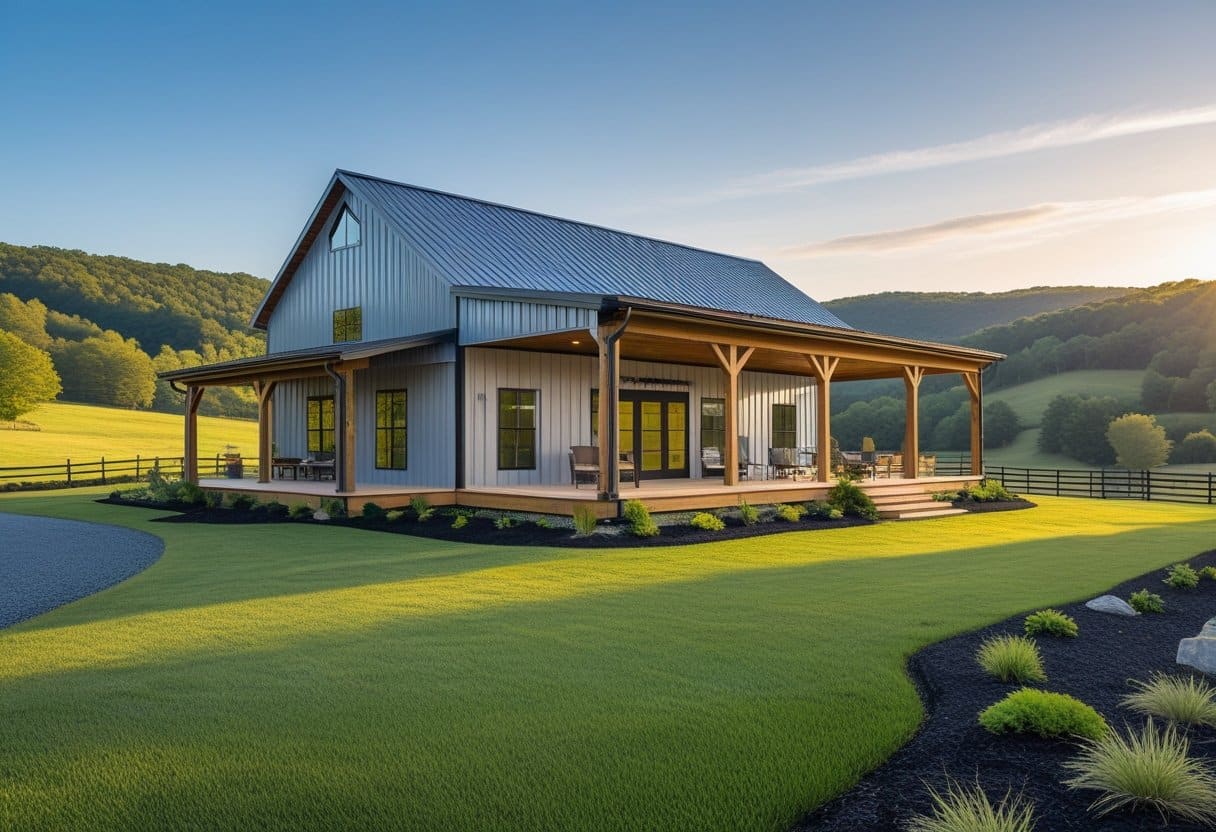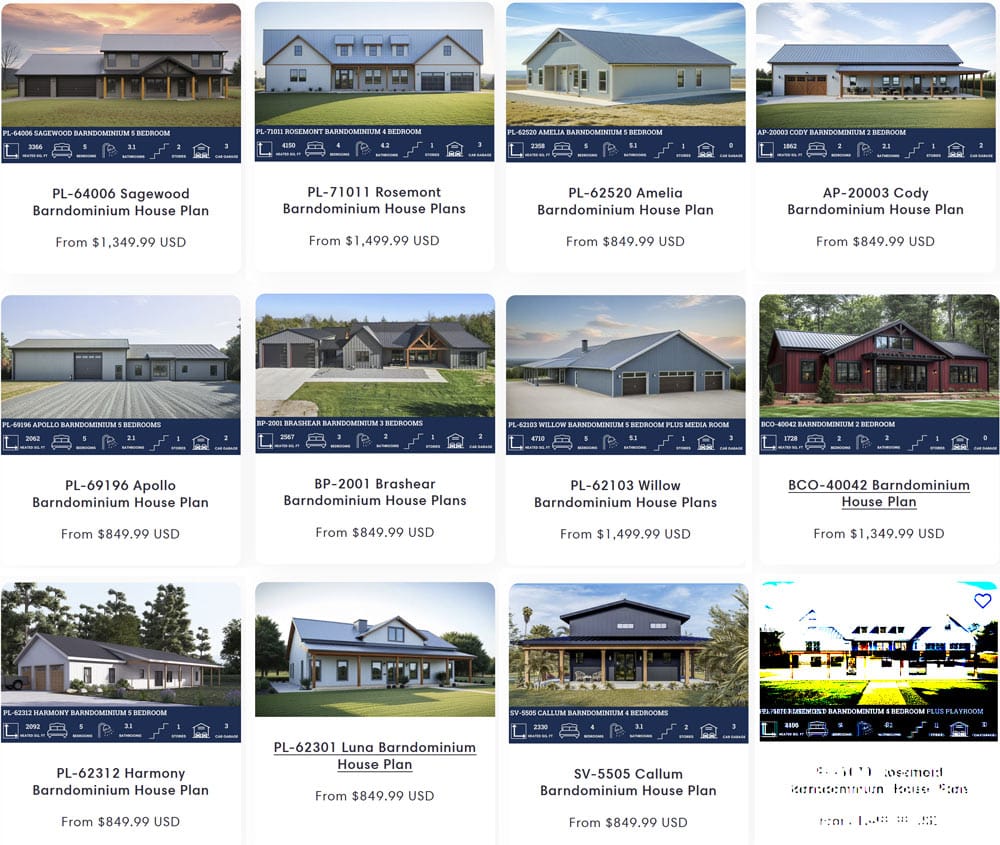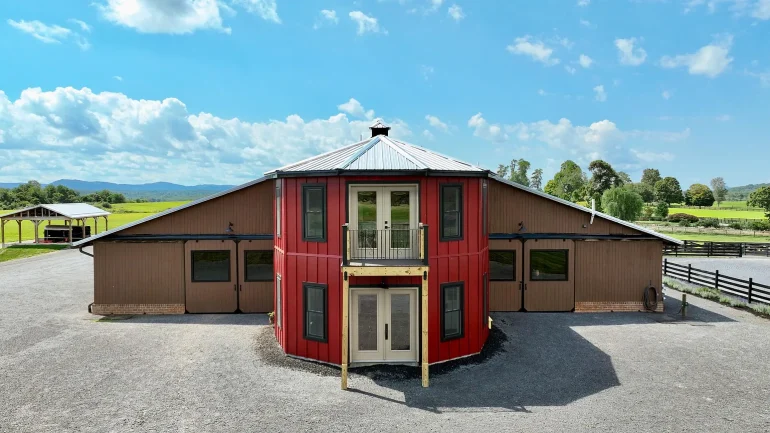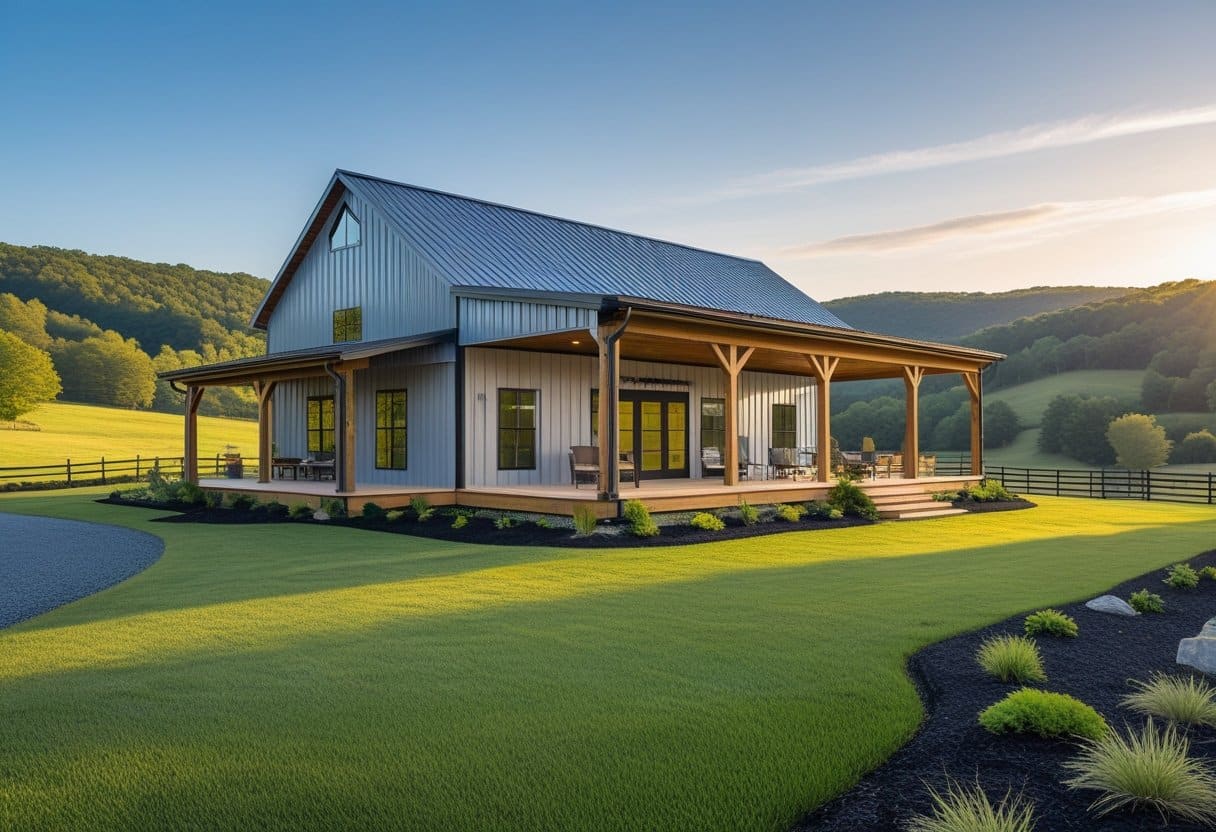FREQUENTLY ASKED QUESTIONS
Barndominiums in West Virginia come with their own quirks—regulations, cost differences, and some unique building steps. Most folks find them cheaper than traditional homes, but you’ll still need to handle the usual permits.
Can you legally build a barndominium in West Virginia?
Yes, barndominiums are legal to build in the state of West Virginia. Read below for more information on codes and regulations…
What are the zoning regulations for building a barndominium in West Virginia?
Zoning here is a county-by-county thing. Most places treat barndos as residential, not agricultural, but always ask before you start. Permits are non-negotiable. You’ll need to show structural plans, electrical, and plumbing layouts.
Some counties have minimum lot sizes. Generally, rural areas are a little more relaxed than the suburbs.
Setbacks can range from 25 to 100 feet—again, check your county rules. And if you’re off the grid, you’ll need to follow septic system regulations.
How does the cost of constructing a barndominium in West Virginia compare to traditional homes?
Barndominiums are usually cheaper—think 20-30% less than stick-built houses.
Traditional homes here usually average $100-150 per square foot for new builds. The steel frame helps cut down on materials and labor.
What kind of financing options are available for barndominiums in West Virginia?
Traditional mortgages can be tricky at first—many lenders see barndos as unconventional.
Most folks use construction loans that convert to standard mortgages after the build. You’ll need detailed plans and a signed contract with your builder.
Some companies offer in-house financing, but the terms may differ from banks.
Cash is still king for some buyers, and personal or home equity loans can work if you’re building yourself.
Can barndominiums in West Virginia be insured like regular houses?
Yep, once finished, you can insure a barndominium just like any other home. The steel frame might even get you a break on storm coverage.
You’ll need a final inspection and a certificate of occupancy for most insurers. Some companies even specialize in metal home coverage.
Property values affect your rates, so it helps to use an appraiser who understands barndos.
During construction, builder’s risk insurance covers you. Once you move in, you’ll switch to homeowner’s insurance.
What are the typical timeframes for the construction of a barndominium in West Virginia?
Once you’ve got your permits squared away, shell construction usually runs about 2-4 weeks—give or take, depending on the weather and how much prep work your site needs. If you get unlucky with rain or mud, well, things can drag out a bit.
The inside work? That’s a whole different animal. Expect another 2-6 months for interior finishing, especially if you’re going for complicated electrical or plumbing setups. Those details always seem to stretch out the timeline, don’t they?
Permits themselves can be a headache. Depending on the county, you might wait anywhere from 2 to 8 weeks. If your plans are all buttoned up and complete, you’ll probably get through the red tape a little faster.
Honestly, the weather’s a wild card. Spring and summer tend to move along quicker, but if you’re building in the winter, brace yourself for delays. That’s just how it goes around here.





